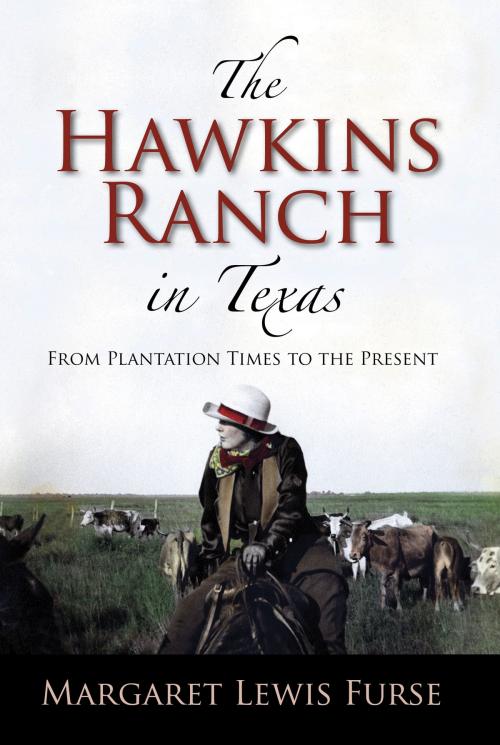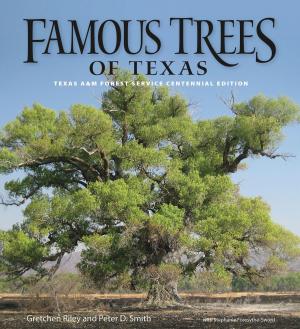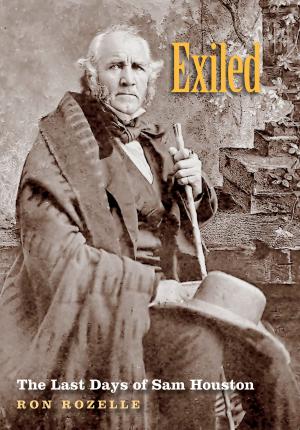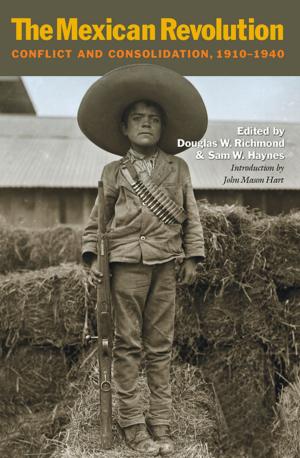The Hawkins Ranch in Texas
From Plantation Times to the Present
Nonfiction, History, Americas, United States| Author: | Margaret Lewis Furse | ISBN: | 9781623491734 |
| Publisher: | Texas A&M University Press | Publication: | April 28, 2014 |
| Imprint: | Texas A&M University Press | Language: | English |
| Author: | Margaret Lewis Furse |
| ISBN: | 9781623491734 |
| Publisher: | Texas A&M University Press |
| Publication: | April 28, 2014 |
| Imprint: | Texas A&M University Press |
| Language: | English |
In 1846, James Boyd Hawkins, his wife Ariella, and their young children left North Carolina to establish a sugar plantation in Matagorda County, in the Texas coastal bend.
In The Hawkins Ranch in Texas: From Plantation Times to the Present, Margaret Lewis Furse, a great-granddaughter of James B. and Ariella Hawkins and an active partner in today’s Hawkins Ranch, has mined public records, family archives, and her own childhood memories to compose this sweeping portrait of more than 160 years of plantation, ranch, and small-town life.
Letters sent by the Hawkinses from the Texas plantation to their North Carolina family in the mid-nineteenth century describe sugar making, the perils of cholera and fevers, the activities of children, and the “management” of slaves. Public records and personal papers reveal the experience of the Hawkins family during the Civil War, when J. B. Hawkins sold goods to the Confederacy and helped with Confederate coastal defenses near his plantation. In the 1930s, the death of their parents left the ranch in the hands of four sisters, at a time when few women owned and ran cattle operations.
The Hawkins Ranch in Texas: From Plantation Times to the Present offers a panoramic view of agrarian lifeways and how they must adapt to changing times.
In 1846, James Boyd Hawkins, his wife Ariella, and their young children left North Carolina to establish a sugar plantation in Matagorda County, in the Texas coastal bend.
In The Hawkins Ranch in Texas: From Plantation Times to the Present, Margaret Lewis Furse, a great-granddaughter of James B. and Ariella Hawkins and an active partner in today’s Hawkins Ranch, has mined public records, family archives, and her own childhood memories to compose this sweeping portrait of more than 160 years of plantation, ranch, and small-town life.
Letters sent by the Hawkinses from the Texas plantation to their North Carolina family in the mid-nineteenth century describe sugar making, the perils of cholera and fevers, the activities of children, and the “management” of slaves. Public records and personal papers reveal the experience of the Hawkins family during the Civil War, when J. B. Hawkins sold goods to the Confederacy and helped with Confederate coastal defenses near his plantation. In the 1930s, the death of their parents left the ranch in the hands of four sisters, at a time when few women owned and ran cattle operations.
The Hawkins Ranch in Texas: From Plantation Times to the Present offers a panoramic view of agrarian lifeways and how they must adapt to changing times.















